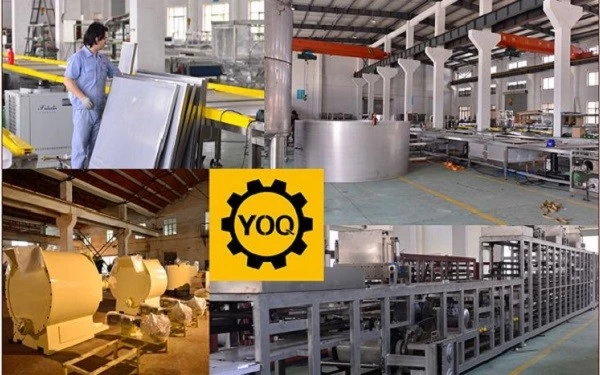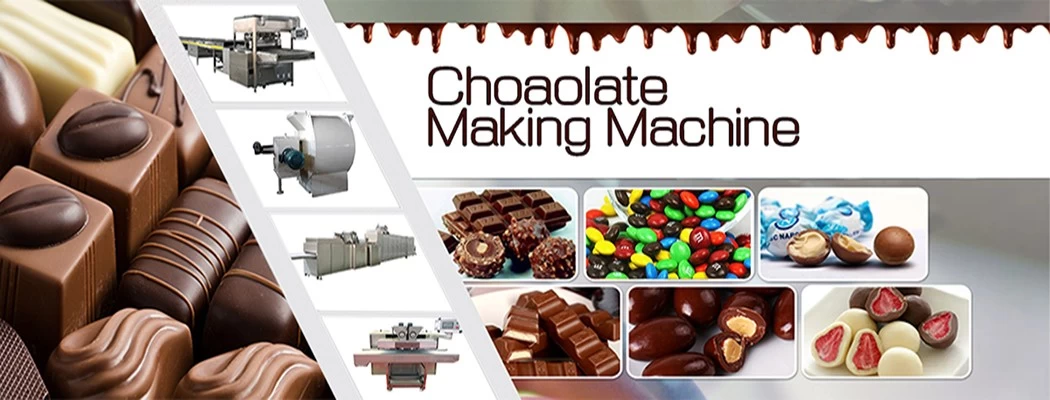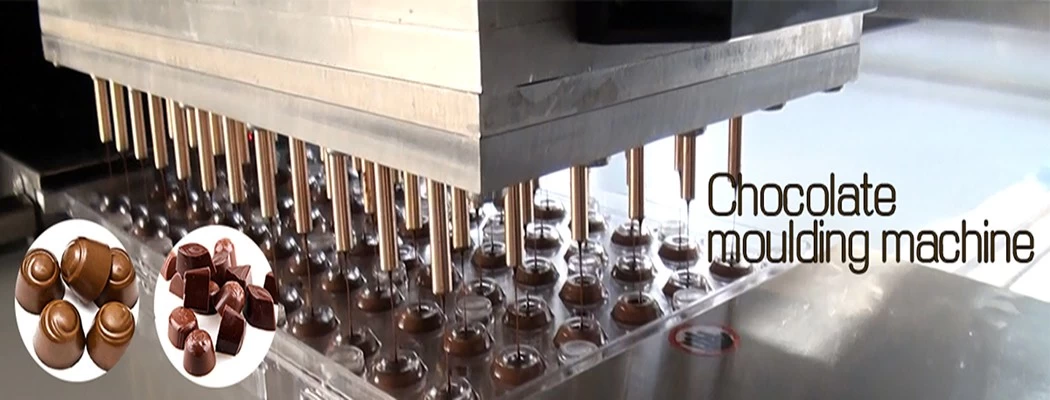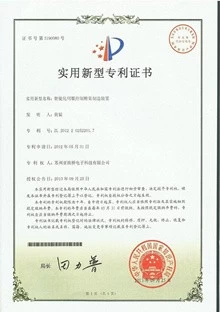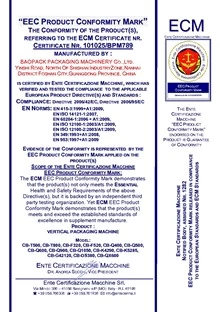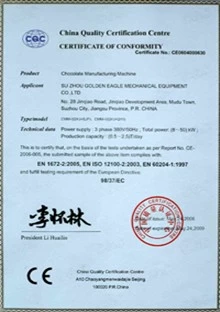About a special history of chocolate
chocolate-machines.com
o-leading.com
2017-04-09 20:38:09
Cultivation, use, and cultural elaboration of cacao were early and extensive in Mesoamerica, to which the cacao tree is native. When pollinated, the seed of the cacao tree eventually forms a kind of sheath, or ear, 20" long, hanging from the branches. Within the sheath are 30 to 40 brownish-red almond-shaped beans embedded in a sweet viscous pulp. While the beans themselves are bitter due to the alkaloids within them, the sweet pulp may have been the first element consumed by humans. Evidence suggests that it may have been fermented and served as an alcoholic beverage as early as 1400 BC.
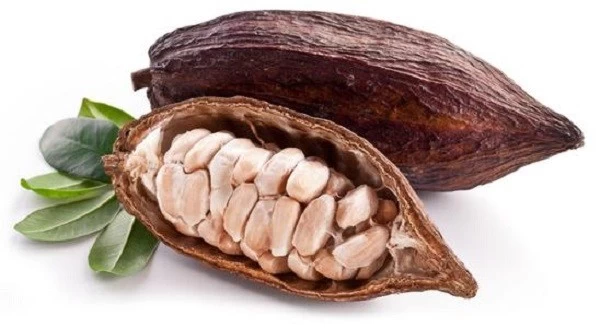 While researchers do not agree which Mesoamerican culture first domesticated the cacao tree, the use of the fermented bean in a drink seems to have arisen in North America. Scientists have been able to confirm its presence in vessels around the world by evaluating the "chemical footprint" detectable in the microsamples of contents that remain. Ceramic vessel with residues from the preparation of chocolate beverages have been found at archaeological sites dating back to the Early Formative (1900-900 BC) period. For example, one such vessel found at an Olmec archaeological site on the Gulf Coast of Veracruz, Mexico dates chocolate's preparation by pre-Olmec peoples as early as 1750 BC. On the Pacific coast of Chiapas, Mexico, a Mokayanan archaeological site provides evidence of cacao beverages dating even earlier, to 1900 BC.
While researchers do not agree which Mesoamerican culture first domesticated the cacao tree, the use of the fermented bean in a drink seems to have arisen in North America. Scientists have been able to confirm its presence in vessels around the world by evaluating the "chemical footprint" detectable in the microsamples of contents that remain. Ceramic vessel with residues from the preparation of chocolate beverages have been found at archaeological sites dating back to the Early Formative (1900-900 BC) period. For example, one such vessel found at an Olmec archaeological site on the Gulf Coast of Veracruz, Mexico dates chocolate's preparation by pre-Olmec peoples as early as 1750 BC. On the Pacific coast of Chiapas, Mexico, a Mokayanan archaeological site provides evidence of cacao beverages dating even earlier, to 1900 BC.

Source:chocolate decorating machine wholesales, chocolate conching machinery supplier, suzhou coin wrapper company
